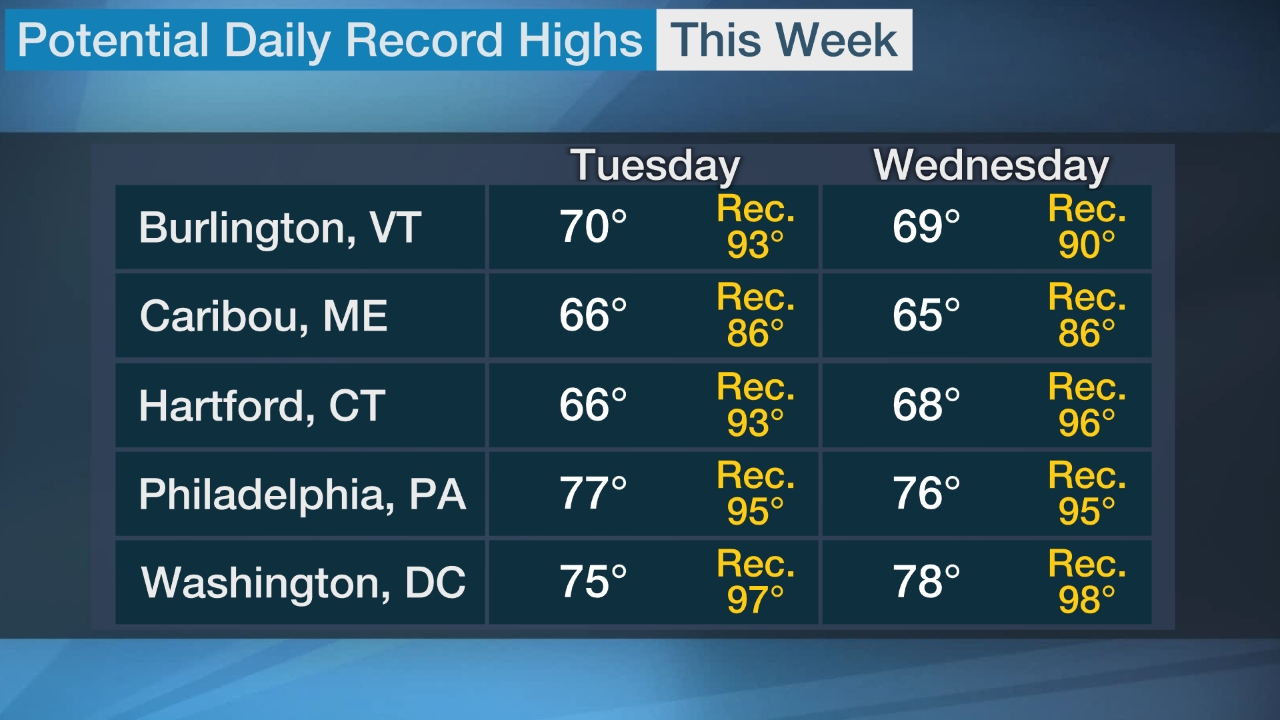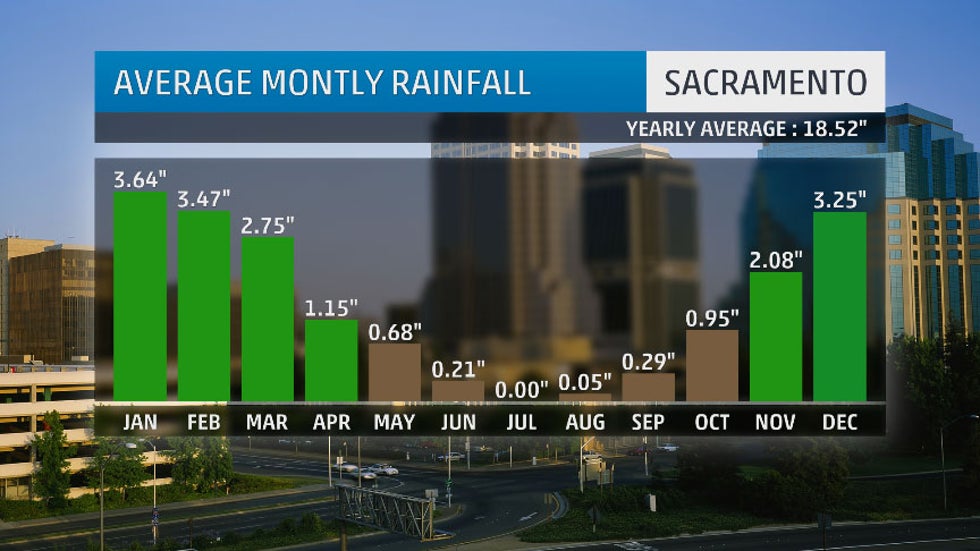Strong winds and low humidity will continue to fuel an extreme wildfire danger in California into Monday, and wildfire conditions could once again worsen in parts of the state by midweek.
The National Weather Service in the Bay Area is calling the ongoing wildfire threat in the North Bay region a potentially extreme and historic event.
Southern California is also facing a threat of dangerous wildfire conditions as Santa Ana winds make a return.
Forecast
Northern California
Winds have gusted in excess of 70 mph on Sunday morning in the higher elevations of the North Bay region. A gust to 93 mph was clocked at Healdsburg Hills (elevation 2,480 feet).
The winds have caused the Kincade Fire to undergo a notable increase in activity.
Red flag warnings have been issued for parts of the San Francisco Bay Area and much of Northern California through Monday morning. This means that conditions will be favorable for rapid fire growth due to gusty winds and low humidity.
NOAA's Storm Prediction Center is forecasting extremely critical fire weather conditions in the northern Bay Area, including Fairfield and Napa, on Sunday. This is the highest fire weather category issued by NOAA.

A high wind warning is also in effect for much of inland Northern California, including the Sacramento area, and the higher terrain of the San Francisco Bay area through Sunday. Wind gusts of 35 to 65 mph are expected, with locally higher gusts possible near canyons and at the highest mountain peaks. The strong winds could down trees and power lines.
Southern California
Santa Ana winds will redevelop in Southern California Sunday night into Monday.
As a result, critical to extremely critical fire weather conditions are forecast in parts of Southern California, according to NOAA's Storm Prediction Center.
Red flag warnings for the fire danger have also been issued for parts of Southern California, including the Los Angeles area.

A potentially stronger Santa Ana wind event could create an even higher wildfire danger in Southern California Tuesday night through Thursday. Northern California might also see another round of gusty offshore winds, but they won't be as strong as the ongoing wind event Sunday into Monday.
The End of the Dry Season
Unlike most locations in the Lower 48 states, California has pronounced wet and dry seasons. The last weeks of the dry season happen in fall.
"California's Mediterranean climate makes it unique, as our warmest months coincide with our driest," said Jan Null, certified consulting meteorologist and adjunct professor in the Department of Meteorology and Climate Science at San Jose State University.
Both Los Angeles and San Francisco typically pick up only 9% of their average annual precipitation in the six-month "dry season" from May through October.
This amounts to a six-month average rain total of only 1.3 inches in L.A. and 2.25 inches in San Francisco.

It is a similar story in Sacramento, which gets about 11% of its average annual precipitation from May through October.
"By the end of the summer and into early fall, the state's vegetation has dried out," Null said.
This is true even after a wetter-than-average winter. Winter precipitation can cause an increase in grasses and other fuels, which add to the dry vegetation available to feed wildfires by fall.

High Winds Return to Fan the Flames
Summer's wildfires in California tend to burn more slowly and start in more remote areas, often due to lightning.
In the fall, California's offshore winds typically kick into gear, according to a 2017 climatology study.

"In September and October, we begin seeing high pressure developing over the Great Basin, and this creates dry, warm offshore winds," said Null. "The air is compressed as it descends to sea level, warming and drying it. When this flow is forced over mountains and through canyons, it accelerates."
If the jet stream is also located to the east of the state over the Great Basin, a downward push of strong winds can occur, intensifying the offshore wind event. These intense offshore winds can occur from fall through spring.
What makes them particularly dangerous in the fall: they occur when soil moisture is at its lowest.
These Santa Ana or Diablo winds can quickly whip either an existing wildfire or a just-developed small brush fire into an inferno, blowing embers downstream, starting many more spot fires, sometimes in more heavily populated areas.
The fires can also persist for several days if the jet stream pattern persists, bringing high pressure to western North America, as occurred in both early December 2017 and early November 2018.
The Weather Company’s primary journalistic mission is to report on breaking weather news, the environment and the importance of science to our lives. This story does not necessarily represent the position of our parent company, IBM.
The Weather Company’s primary journalistic mission is to report on breaking weather news, the environment and the importance of science to our lives. This story does not necessarily represent the position of our parent company, IBM.

No comments:
Post a Comment